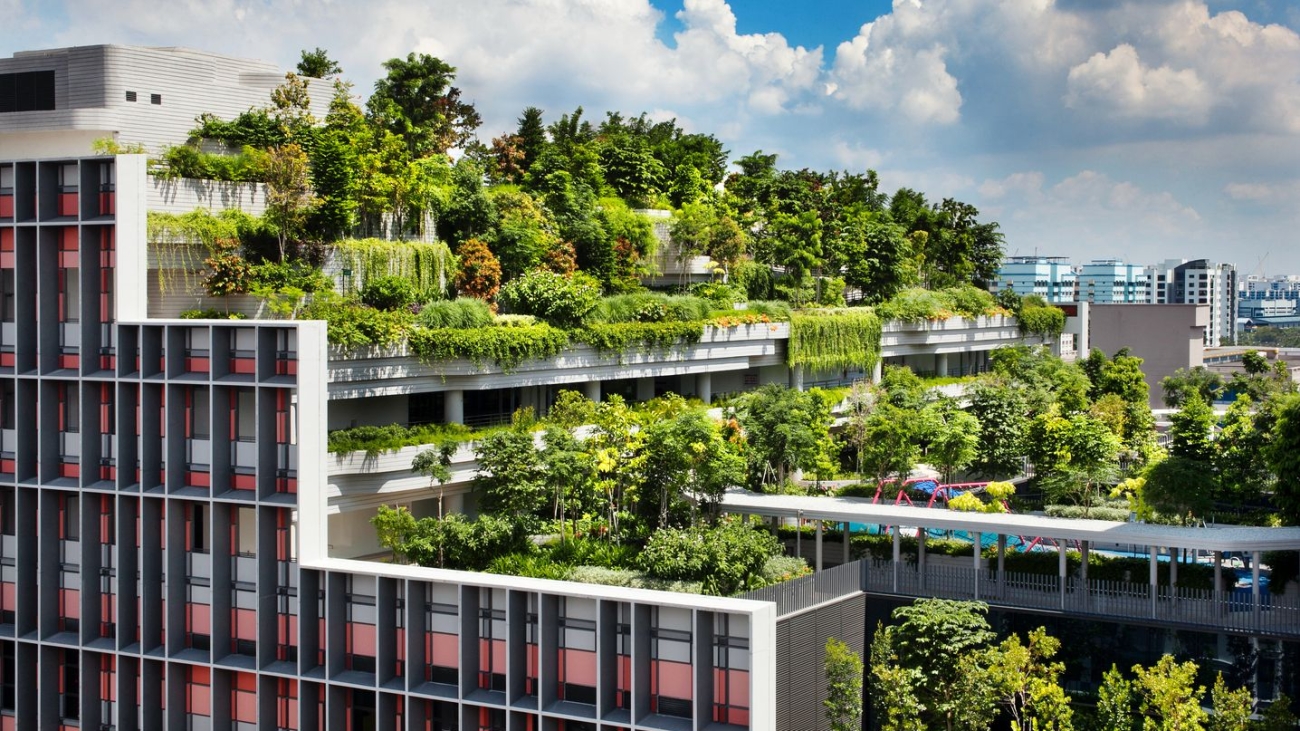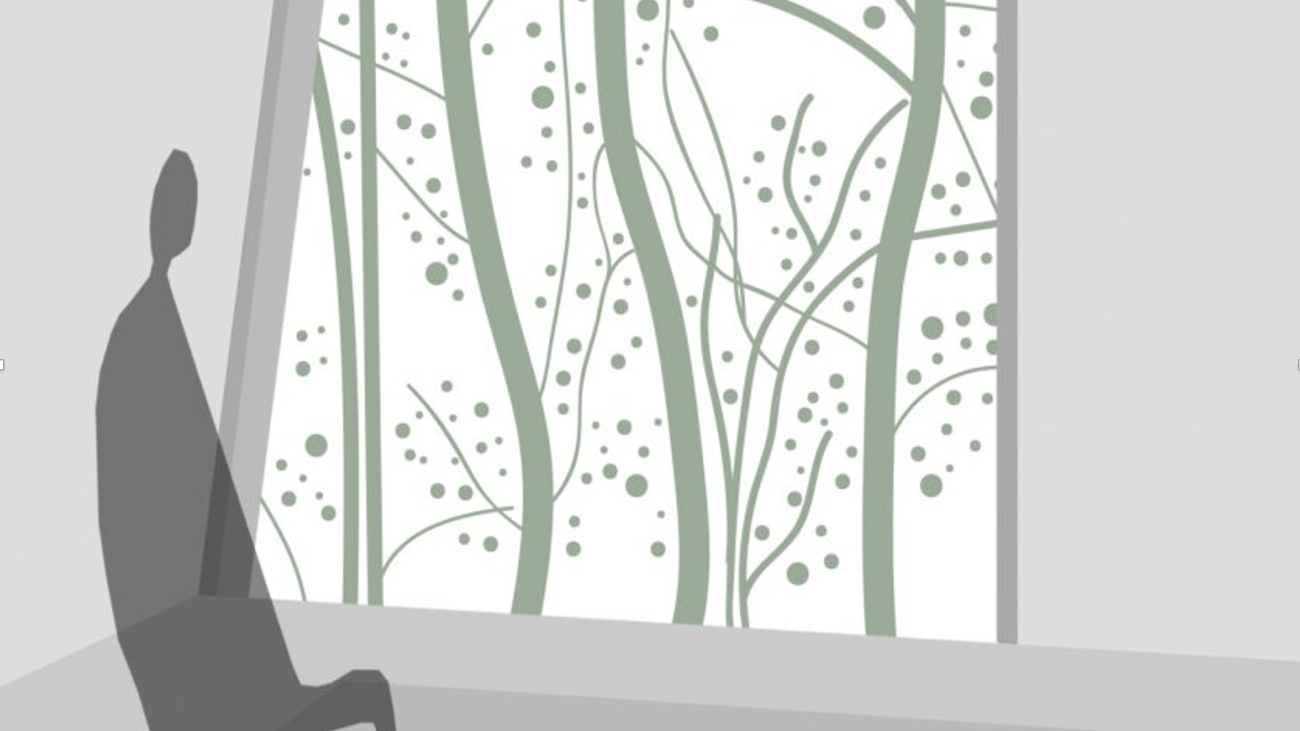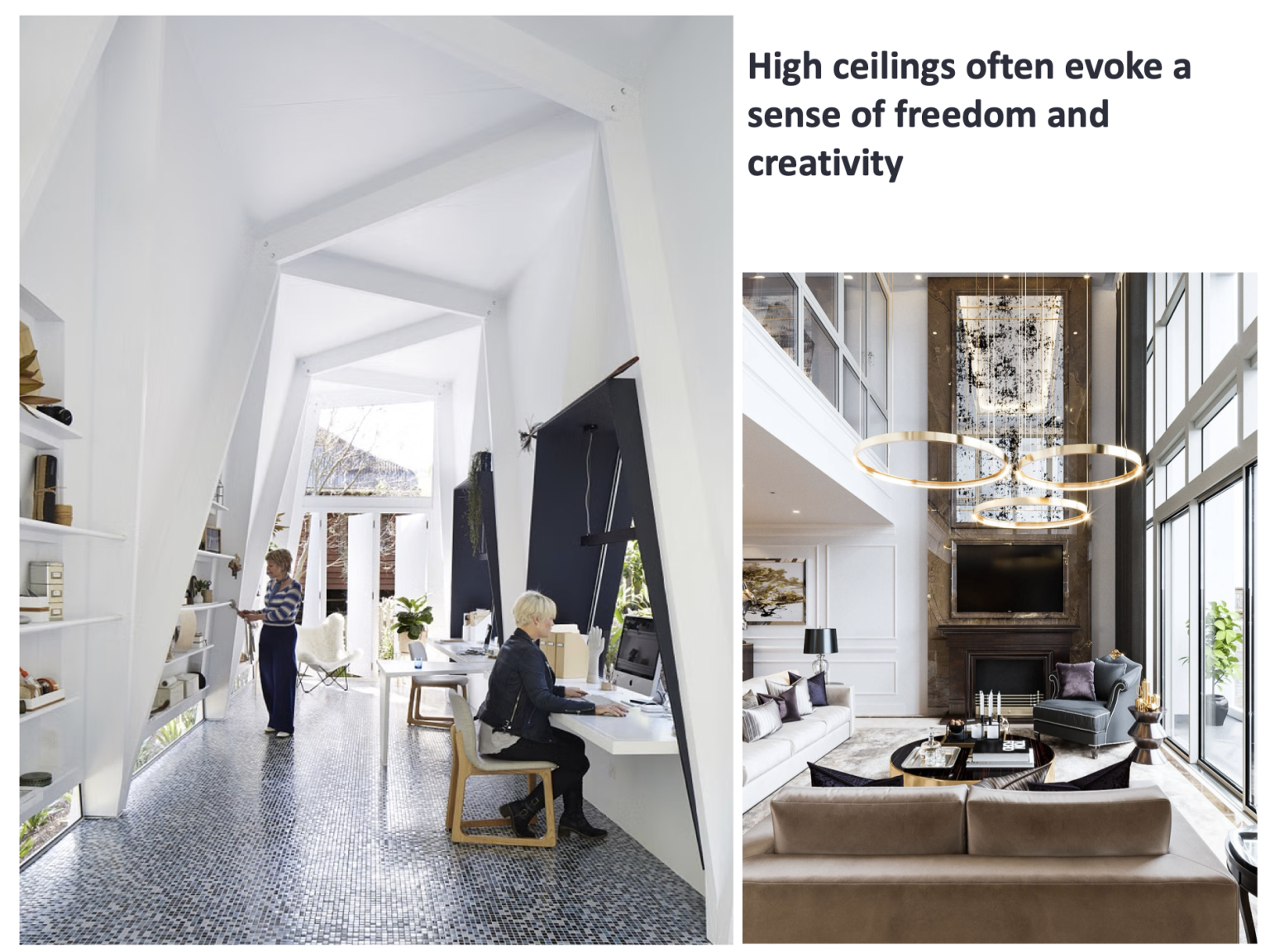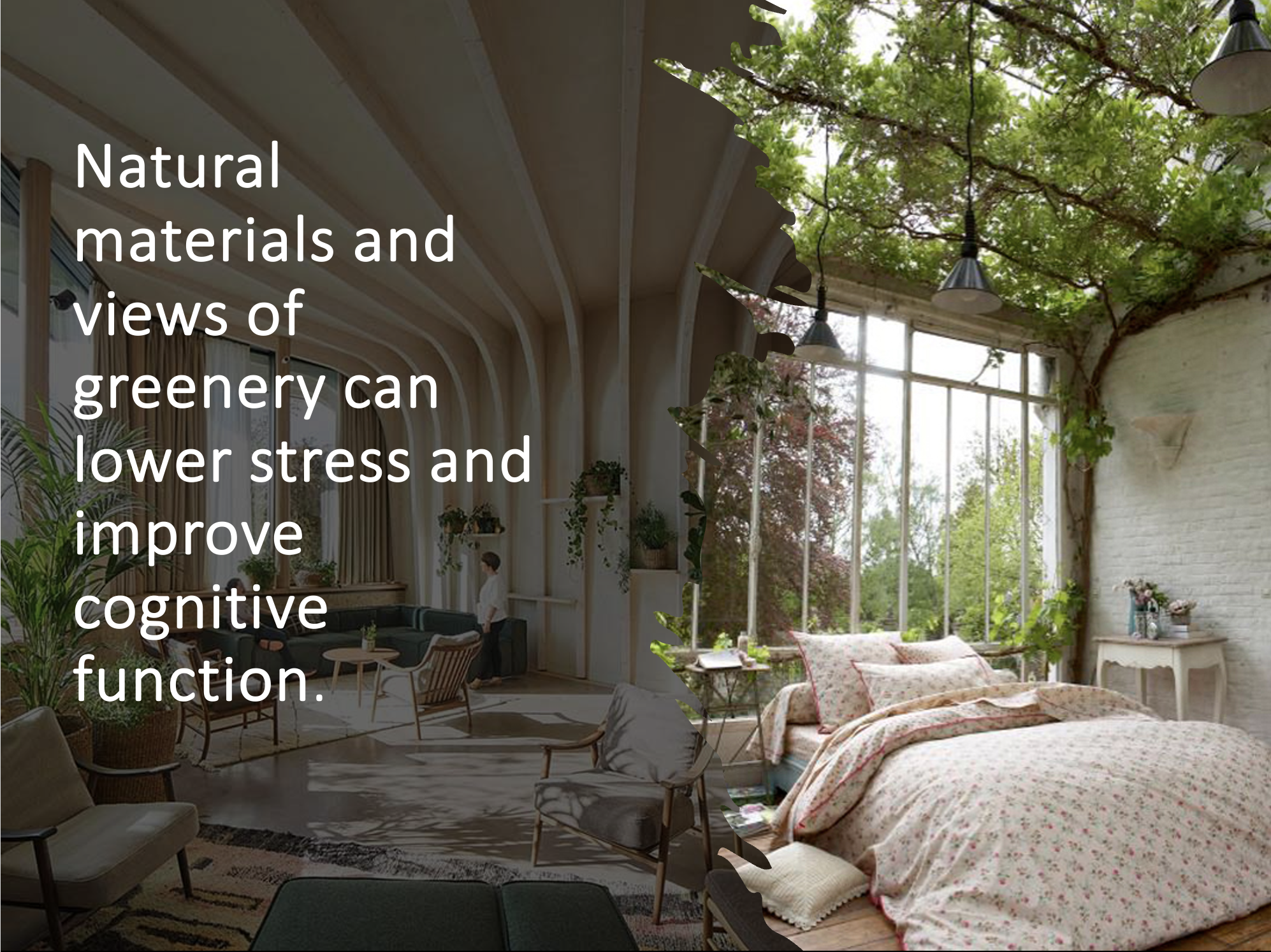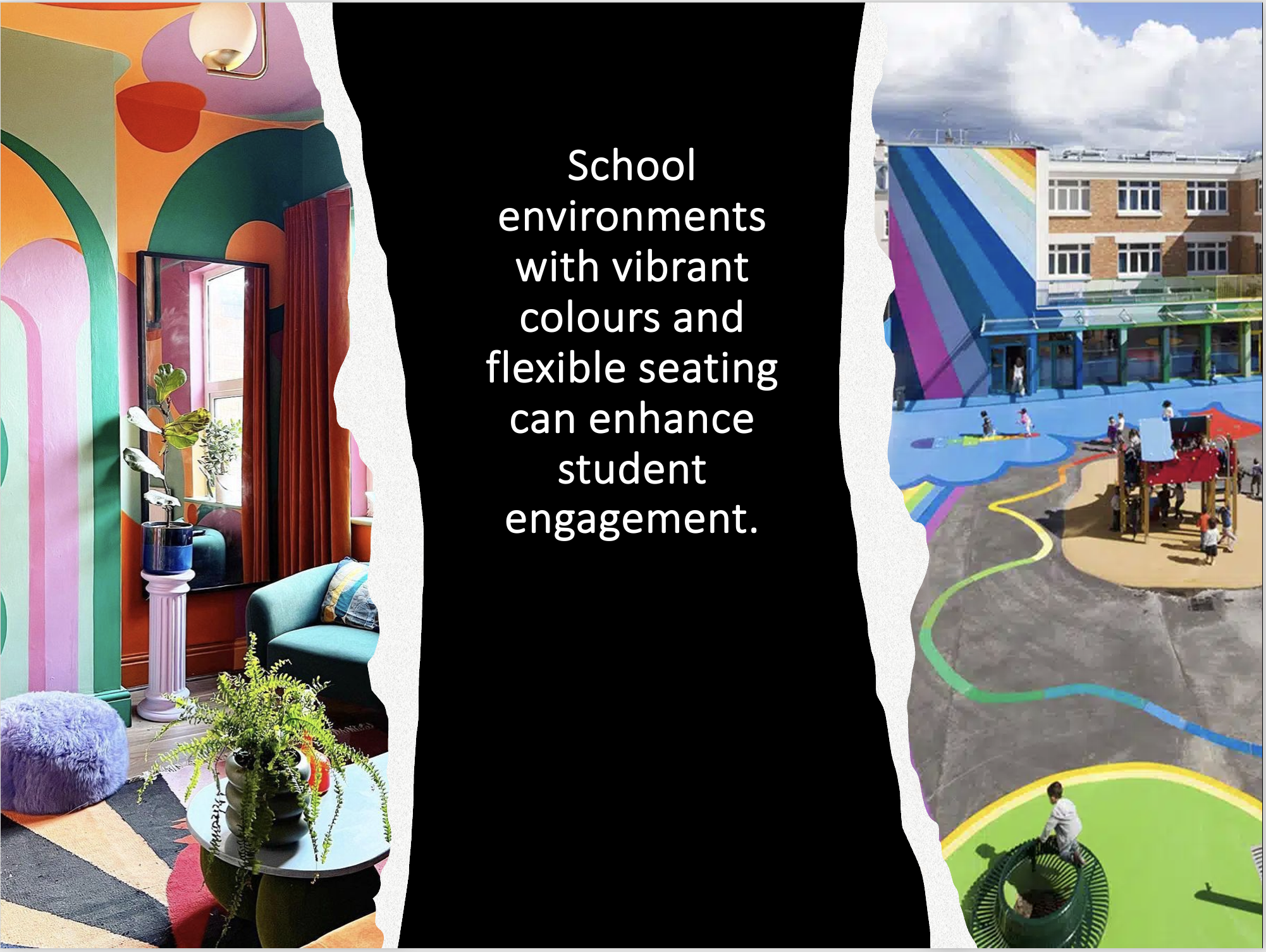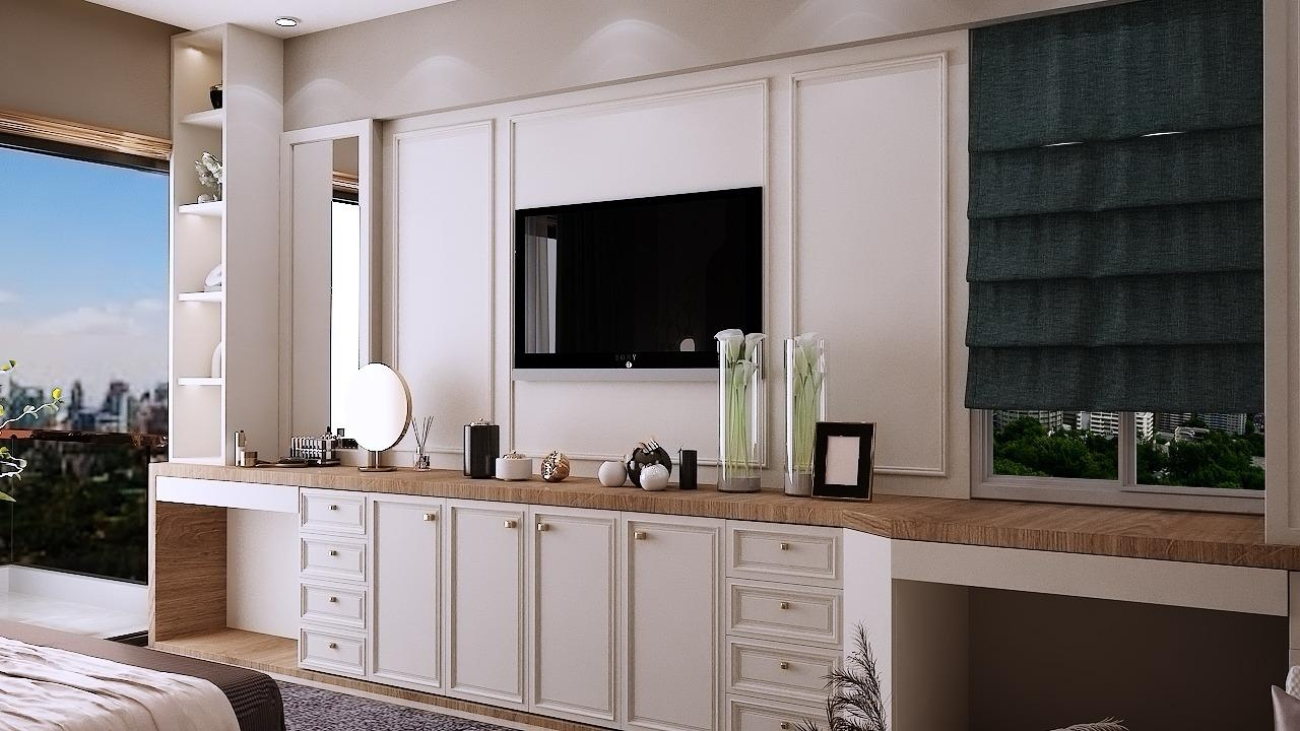In an era where climate change, biodiversity loss and environmental degradation dominate global concerns, regenerative architecture has emerged as a powerful design philosophy. Unlike traditional sustainable practices that merely minimize harm, regenerative architecture actively works to restore ecosystems, enhance biodiversity and create a symbiotic relationship between human habitation and the natural environment. By integrating ecological principles with innovative design strategies, regenerative architecture redefines how we conceive, build and inhabit our spaces.
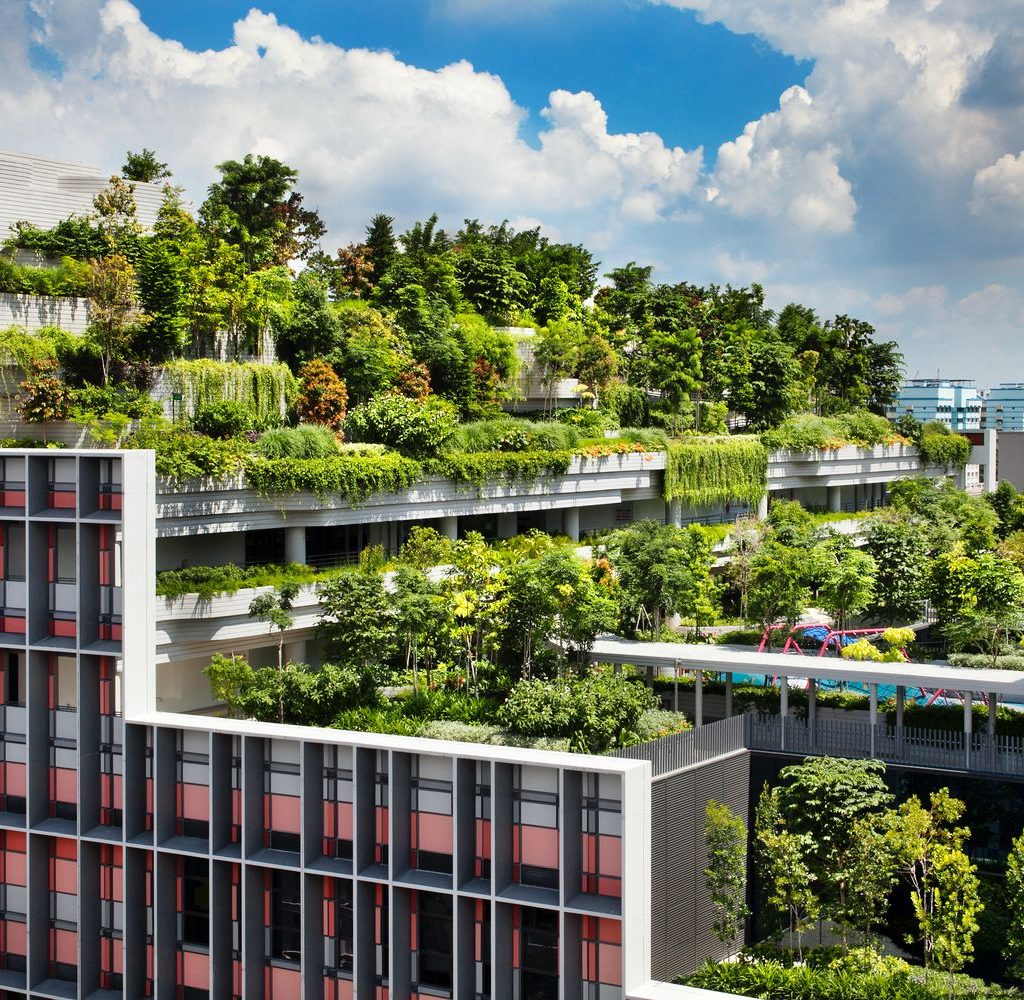
What is Regenerative Architecture?
Regenerative architecture is the practice of designing and constructing buildings that go beyond reducing environmental impact. It emphasizes healing damaged ecosystems, improving natural systems and regenerating resources. These structures are not passive; they are living systems designed to give back more than they consume.
Unlike green building or sustainable design, which often focus on efficiency and waste reduction, regenerative design aims to:
- Revitalize degraded landscapes.
- Enhance local biodiversity.
- Improve soil and water systems.
- Create a net-positive carbon impact.
- Foster resilience in both natural and human communities.
In essence, regenerative architecture aligns built environments with the principles of ecology, ensuring that buildings are part of the solution to planetary challenges.
Principles of Regenerative Design in Architecture
The foundation of regenerative architecture lies in a set of core principles that guide the design and construction process:
Holistic Systems Thinking
Every project is viewed as an interconnected part of a larger ecological, social and cultural system. Buildings are designed to work in harmony with these systems rather than in isolation.
Net-Positive Impact
Regenerative projects strive to produce more energy, water and resources than they consume. This creates a positive footprint that actively improves the surrounding environment.
Biodiversity Enhancement
By incorporating green roofs, living walls and habitat corridors, regenerative buildings help reintroduce native species, improve pollination and expand green cover.
Circular Resource Use
Materials are sourced responsibly, recycled where possible and designed for reuse, reducing dependency on virgin resources and minimizing waste.
Resilience and Adaptability
Buildings are designed to withstand climate extremes, flooding and changing environmental conditions, ensuring long-term functionality and relevance.
Human-Nature Connection
Spaces are designed to foster well-being by reconnecting people with nature through natural light, ventilation, water features and organic materials.
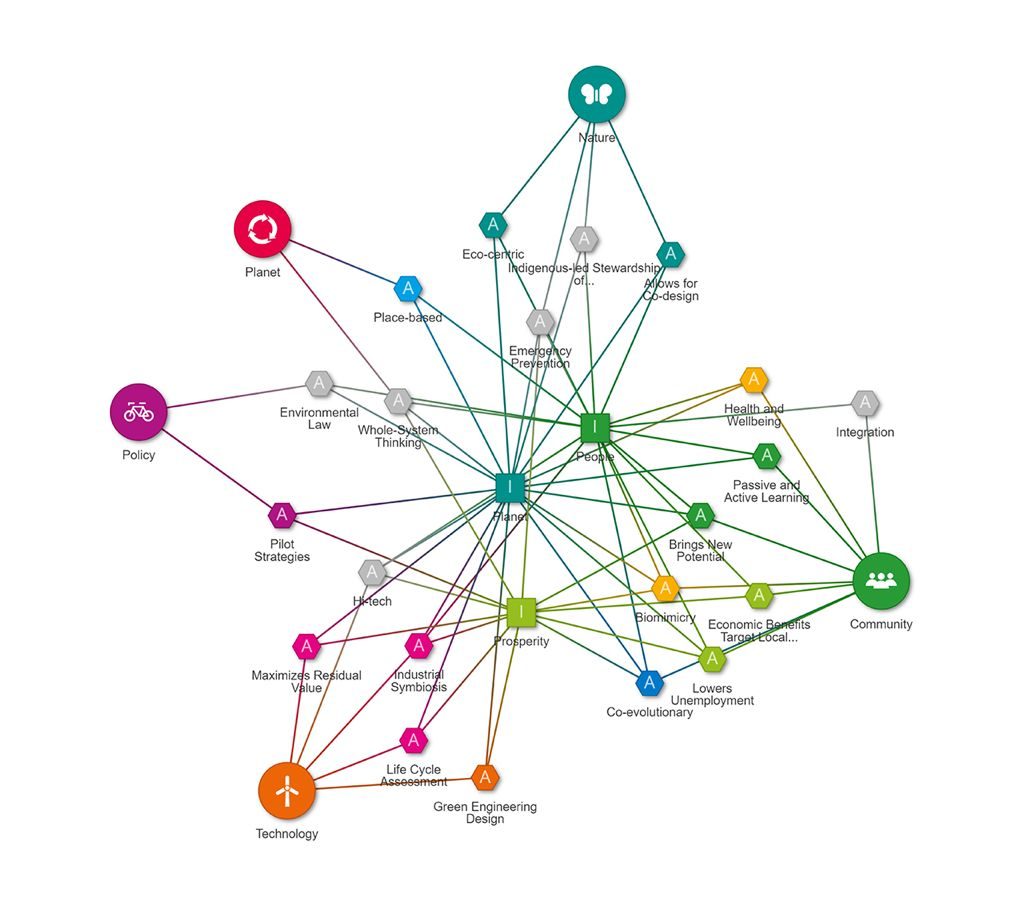
Design Strategies for Regenerative Architecture
Regenerative architecture relies on innovative and practical strategies that can transform a building into a living ecosystem:
Biophilic Design Integration
Biophilic design brings natural elements into the built environment. This includes:
- Large windows for daylight harvesting.
- Indoor gardens and vertical forests.
- Use of organic textures and natural materials.
- Water features that mimic natural ecosystems.
Renewable Energy Systems
Regenerative architecture leverages solar panels, wind turbines and geothermal systems to produce surplus clean energy. The goal is to become an energy generator rather than just a consumer.
Water Regeneration and Management
Techniques such as rainwater harvesting, greywater recycling and natural filtration systems help buildings purify and replenish water resources. Some designs even return cleaner water to the local watershed than what they draw.
Living Materials and Construction Methods
Innovations such as mycelium bricks, hempcrete, bamboo and reclaimed wood reduce carbon impact while enhancing durability and aesthetics. These living materials can store carbon, regenerate soil and provide healthier indoor air quality.
Food-Producing Landscapes
Urban farms, rooftop gardens and permaculture-based landscapes turn buildings into food-producing systems that reduce dependency on industrial agriculture while improving food security.
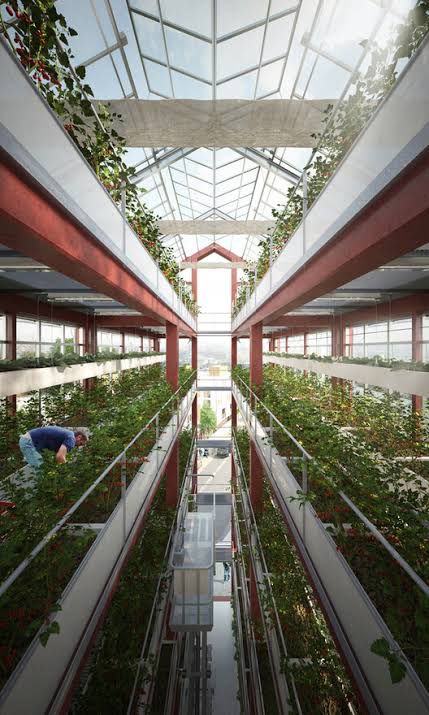
Benefits of Regenerative Architecture
The adoption of regenerative architecture offers profound environmental, social and economic benefits:
Ecosystem Restoration: Revitalizes degraded lands, restores wetlands and enhances soil fertility.
Carbon Sequestration: Uses materials and green cover to capture and store atmospheric carbon.
Improved Health and Well-Being: Access to green spaces, fresh air and natural light improves physical and mental health.
Economic Efficiency: While upfront costs may be higher, long-term savings on energy, water and maintenance make these buildings economically sustainable.
Resilient Communities: Provides adaptable structures that protect against climate risks and resource scarcity.
Global Examples of Regenerative Architecture
Around the world, pioneering projects demonstrate the transformative potential of regenerative architecture:
The Bullitt Center, Seattle (USA)
Often called the “greenest commercial building in the world,” it generates its own energy, manages water sustainably and uses non-toxic materials.
Bosco Verticale, Milan (Italy)
These vertical forest towers integrate 900 trees and 20,000 plants, improving urban biodiversity and reducing air pollution.
Khoo Teck Puat Hospital, Singapore
Designed as a “hospital in a garden,” this facility integrates greenery and water bodies to promote healing and environmental restoration.
CopenHill, Copenhagen (Denmark)
A waste-to-energy plant that doubles as a public ski slope and urban recreation space, blending industry, community and ecology.
Infosys Campus, Mysuru (India)
One of India’s pioneering regenerative projects, this campus is designed with rainwater harvesting, solar power generation, extensive green cover and zero-discharge wastewater systems. It not only reduces its ecological footprint but also restores the local environment, making it a model for sustainable and regenerative corporate architecture in India.
The Future of Regenerative Architecture
As the world faces escalating environmental crises, regenerative architecture will play a critical role in shaping resilient, nature-positive cities. Future innovations may include:
- AI-driven ecological design tools.
- Smart materials that self-heal or purify the air.
- Entire regenerative districts designed as ecosystems.
- Policies that incentivize regenerative building practices globally.
By embracing this paradigm, we can create built environments that not only reduce harm but actively restore life, ensuring that our buildings serve as catalysts for ecological and cultural renewal.
Conclusion
Regenerative architecture is more than a trend it is a necessary shift in how humanity interacts with the planet. By restoring ecosystems, enhancing biodiversity and giving back more than we consume, regenerative design offers a blueprint for a resilient and thriving future.

